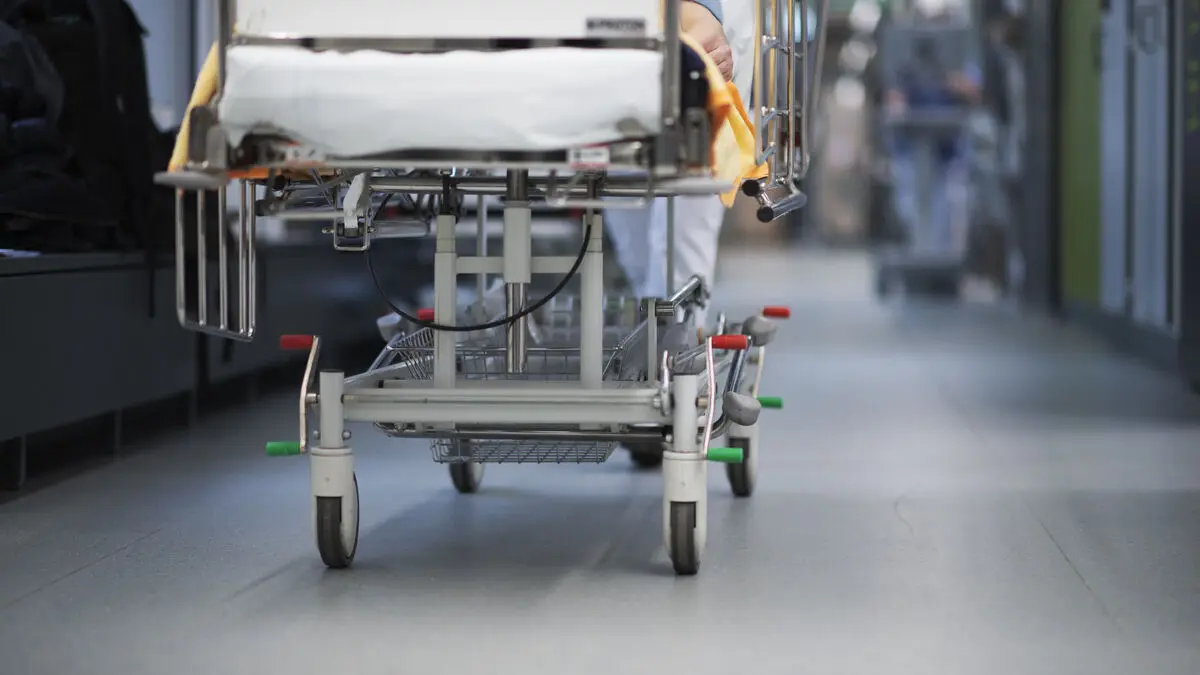Almost 450 workplaces in healthcare were inspected by the Swedish Work Environment Authority between 2022 and 2024. 73 percent of the workplaces were required to take measures. In emergency hospitals, 80 percent of the care wards did not meet the requirements of the Work Environment Act.
"The most pervasive deficiency concerns unhealthy workload – an imbalance between demands and resources – which has long characterized healthcare. Knowledge, risk assessments and effective measures for organizational work environment risks are lacking or completely absent," writes Lars Lööw.
The problem, according to Lars Lööw, does not lie with individual managers or employees, but is structural. There is also a gender equality factor, as healthcare is a female-dominated sector.
"The risks that most women are exposed to, such as high workload with stress and lack of recovery as a consequence, are also the risks that have the greatest impact on statistics on reported occupational diseases," writes Lars Lööw.
He proposes changes at three levels:
The highest management in healthcare “must take responsibility for ensuring that the work environment becomes a central part of strategic management”. Furthermore, the employer must “ensure that managers have the right authority, time and knowledge”. And the organizations “must systematically analyze their own obstacles”, in order to then work on removing these.





